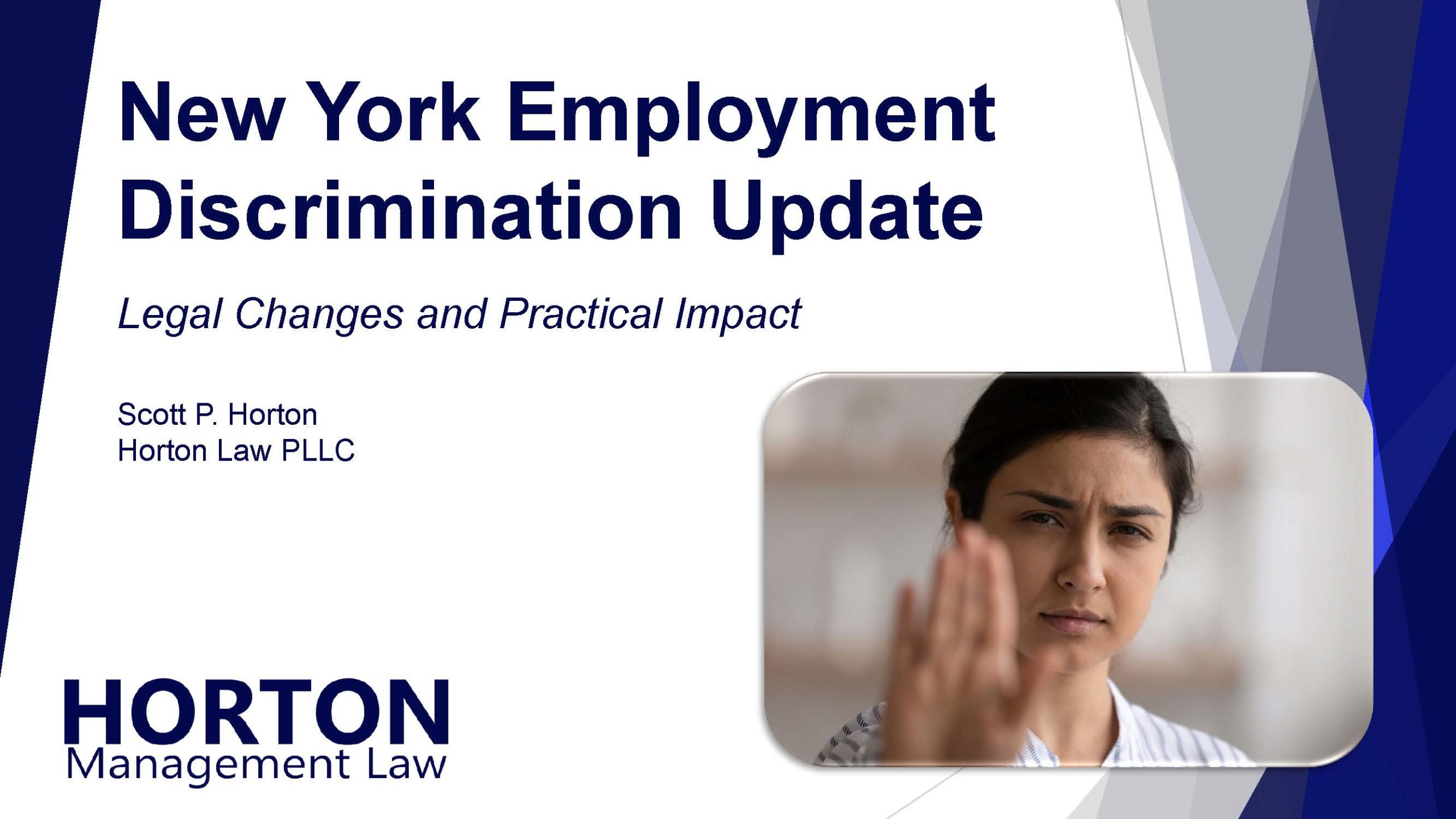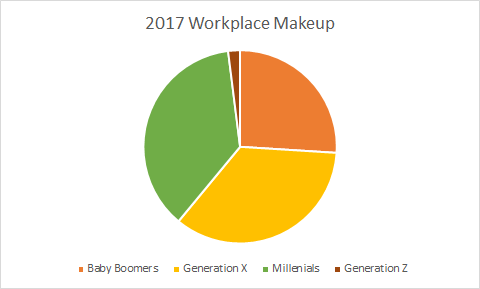On November 21, 2022, Governor Hochul signed an amendment to the New York Labor Law to enhance employee protections against retaliation. The amendment adds an express prohibition of retaliation for any lawful absences from work. The amendment takes effect on February 19, 2023.
New York Labor Law Section 215
Section 215 of the New York Labor Law generally prohibits private (non-governmental) employers from discriminating against employees for engaging in a wide array of protected activities. Before this amendment, these protected activities included:
- Making a complaint that the employee’s employer has engaged in conduct that the employee reasonably and in good faith believes violates any provision of the Labor Law or order of the Commissioner of Labor;
- Being perceived by the employer as having made such a complaint;
- Instituting a proceeding under or related to the Labor Law;
- Providing information to the Department of Labor or the Attorney General;
- Testifying in an investigation or proceeding under the Labor Law;
- Exercising other rights protected by the Labor Law;
- Being the subject of an adverse determination from the Commissioner of Labor against one’s employer.
Employees may file retaliation claims in court or with the Commissioner of Labor. Penalties can include repayment of lost wages; liquidated damages; and civil penalties of $1,000 to $10,000 for the first offense and up to $20,000 for the second offense. Violation of Section 215 also constitutes a class B misdemeanor.
Amendment Addressing Lawful Absences
The amendment expands the definition of protected activity to prohibit retaliation because an “employee has used any legally protected absence pursuant to federal local, or state law.”
Unfortunately, this new language is vague. If read broadly, as the Legislature likely intended, it will encompass numerous paid and unpaid leave laws, including:
- New York Paid Sick Leave
- New York Paid Family Leave
- New York Paid COVID-19 Leave
- New York Paid Vaccine Leave
- Family and Medical Leave
- Other specific New York Leaves, such as:
- Blood Donation Leave
- Bone Marrow Donation Leave
- Military Spouse Leave
- Witness and Victims of Crime Leave
- Volunteer Emergency Response Leave
- Jury Leave
- Voting Leave
Employees are also often allowed time off while receiving workers’ compensation or disability benefits or as an accommodation under the Americans with Disabilities Act and New York Human Rights Law. None of these legal authorities specifically grants employees time off from work. However, it is plausible that Labor Law Section 215 will be interpreted to include leaves under these circumstances.
No-Fault Attendance Policies
Many employers apply attendance policies that allocate points on an employee’s record for each absence. Commonly, these policies apply regardless of the purpose or reason for the absence. Such policies are known as “no-fault” attendance policies. Whether the reason for the absence matters or not, point-based policies result in pre-specified employment consequences when employees reach certain levels.
The amendment to Labor Law Section 215 adds a specific prohibition against “assessing any demerit, occurrence, any other point, or deductions from an allotted bank of time, which subjects or could subject an employee to disciplinary action, which may include but not be limited to failure to receive a promotion or loss of pay.”
Practical Impact
It is arguable whether this amendment really expands worker protections. Generally speaking, various laws would likely already prohibit adverse employment action against employees for taking lawful absences from work. Section 215 itself probably already would have applied in many such situations.
But the Legislature at least intends to shed light on the subject and potentially increase available penalties. Accordingly, New York employers should review existing policies and practices regarding their handling of lawful absences by employees. Moreover, managers must understand the types of absences that may be protected under applicable laws.
For more employment law updates, sign up for the Horton Law email newsletter and follow us on LinkedIn.




You must be logged in to post a comment.